Apple's Game-Changing Move: iPhone 15 to Embrace Universal USB-C Charging
Apple is set to unveil the iPhone 15 with a switch from Lightning to USB-C charging, aligning with EU regulations. The transition brings environmental and financial implications for Apple while promising a streamlined charging experience for users. The impact on consumers remains uncertain, but USB-Cs widespread adoption should ease the transition. Wireless charging, though slower, may emerge as a future option.
In a highly anticipated move, Apple is gearing up to reveal the iPhone 15 in just a matter of days, and the tech world is buzzing with expectations of a significant change. The iPhone 15 is shrouded in rumors that it will bid farewell to Apple's proprietary Lightning charger in favor of USB-C charging. This move could potentially be a game-changer, as it signals Apple's embrace of universal charging standards, a shift that could streamline the charging experience across various devices and brands.
The impending transition comes on the heels of a groundbreaking decision by the European Union (EU), which voted to approve legislation mandating that smartphones, tablets, digital cameras, portable speakers, and other small electronic devices must support USB-C charging by 2024. This forward-thinking law aims to reduce the clutter of chargers and cables that consumers accumulate when they acquire new devices, enabling users to mix and match devices and chargers, even if they are from different manufacturers.
"This is arguably the biggest disruption to iPhone design in several years, but in reality, it is hardly a dramatic move," noted Ben Wood, an analyst at CCS Insight. Indeed, Apple has already transitioned its iPads and MacBooks to USB-C charging, albeit with some reluctance to make the change on the iPhone.
Notably, last year, Greg Joswiak, Apple's senior vice president of worldwide marketing, publicly emphasized the value and ubiquity of the Lightning charger, citing its faster charging capabilities. However, he acknowledged, "obviously we will have to comply" with the EU mandate, acknowledging the inevitability of the transition. He also expressed that Apple believed there were more environmentally friendly and customer-centric approaches to the situation.
The EU's decision is part of a broader initiative to address electronic waste, although it may initially lead to an increase in e-waste as users phase out their Lightning cables. Apple is likely to introduce a Lightning cable recycling program to tackle this challenge.
Despite expressing environmental concerns, Apple has financial reasons for resisting the shift. The Lightning charger, introduced alongside the iPhone 5 in 2012, not only enabled faster charging but also spawned a lucrative accessories market. Users were required to purchase a $30 Lightning adapter to connect their devices to older docks, alarm clocks, and speaker systems.
David McQueen, a director at ABI Research, commented, "For Apple, it was all about being in control of its own ecosystem." Apple derives substantial revenue from the sale of Lightning cables and related accessories. Additionally, the company earns a portion of profits from third-party accessories and cables that pass through its Made for iPhone program. McQueen explained that transitioning to USB-C would relinquish this level of control, as USB-C is part of a more open ecosystem. Furthermore, Apple could seize the opportunity to introduce its branded USB-C cable, optimizing it for iPhone performance by allowing greater wattage for faster charging while minimizing battery risk and damage.
The implications for iPhone users remain uncertain. It is unclear whether the shift to USB-C will apply to all new iPhone 15 models or exclusively to the Pro devices. While the move to USB-C may not be the sole incentive for users to upgrade, it could sway some consumers who have been hesitant to adopt the iPhone due to its charging limitations, according to Thomas Husson, a vice president at Forrester Research.
When it comes to charging cables, the iPhone 15 is expected to ship with a new cable in the box. Given the widespread adoption of USB-C across many mobile devices, including Apple's iPads and MacBooks, obtaining charging cables should not pose a significant challenge or expense for users. As Ben Wood remarked, "Given how widely USB-C has been used in other devices, it's hard to imagine that customers will be totally caught out by this switch, and in the long term, it's likely to benefit them, with a universal charging system having some very obvious upsides."
While Apple may eventually explore wireless charging as an alternative to wired charging, the prospect of this transition appears distant. According to McQueen, "wireless charging is currently so much slower than wired," suggesting that this technology has yet to catch up with the convenience and speed of traditional charging methods.
In conclusion, Apple's imminent shift from the Lightning charger to USB-C charging for the iPhone 15 marks a pivotal moment in the company's history. It aligns with the EU's forward-looking regulations while posing both environmental and financial considerations for Apple. The impact on iPhone users remains to be seen, but the broader industry trend towards universal charging standards suggests a promising future for streamlined charging experiences. While wireless charging may loom on the horizon, wired charging is likely to remain the dominant method for the foreseeable future.
Download your fonts:
CF Deco 1492 Font - Free Download
Not Tuned TV Font - Free Download
Democrazy Serif Font - Free Download
Democrazy Font - Free Download
Neon Serif Font - Free Download
CW Ciung Wanara Sejati Font - Free Download
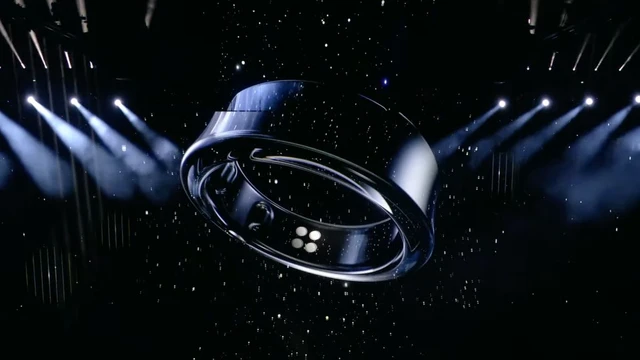
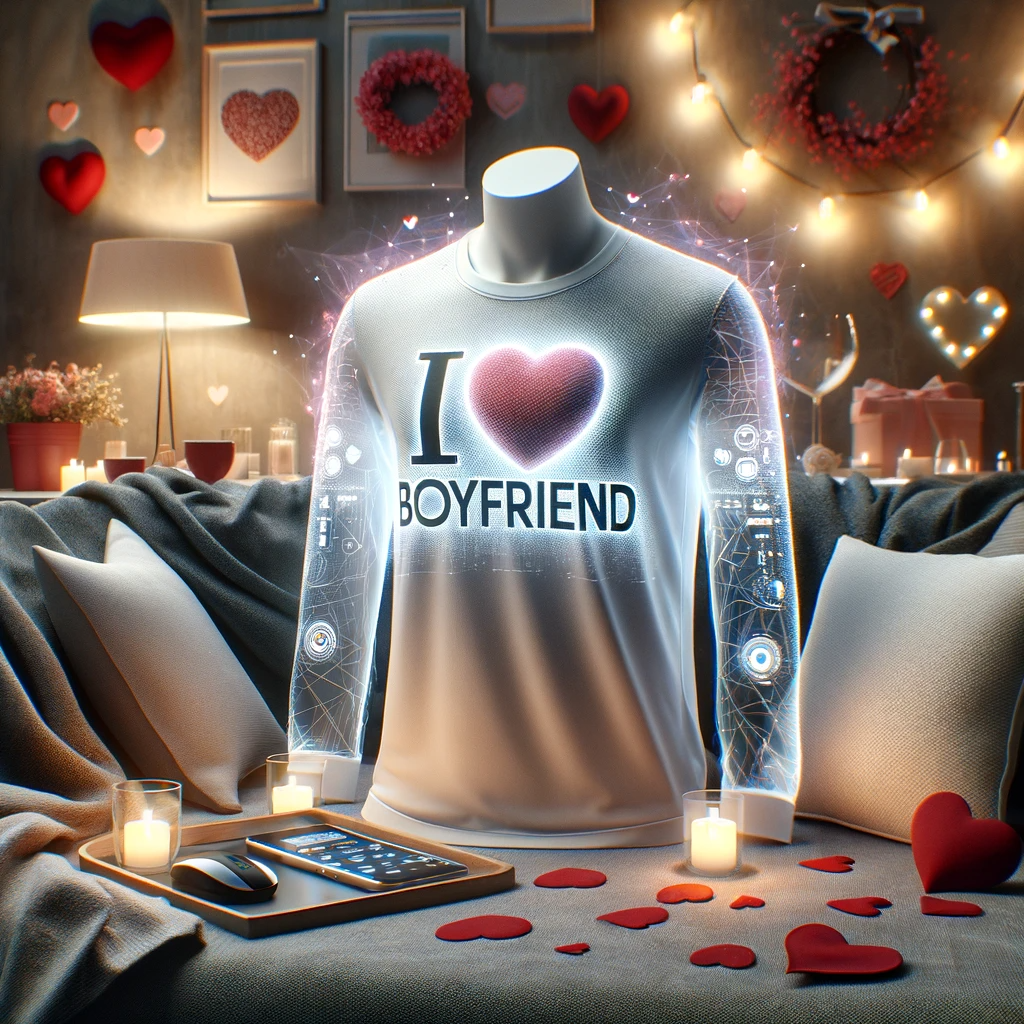

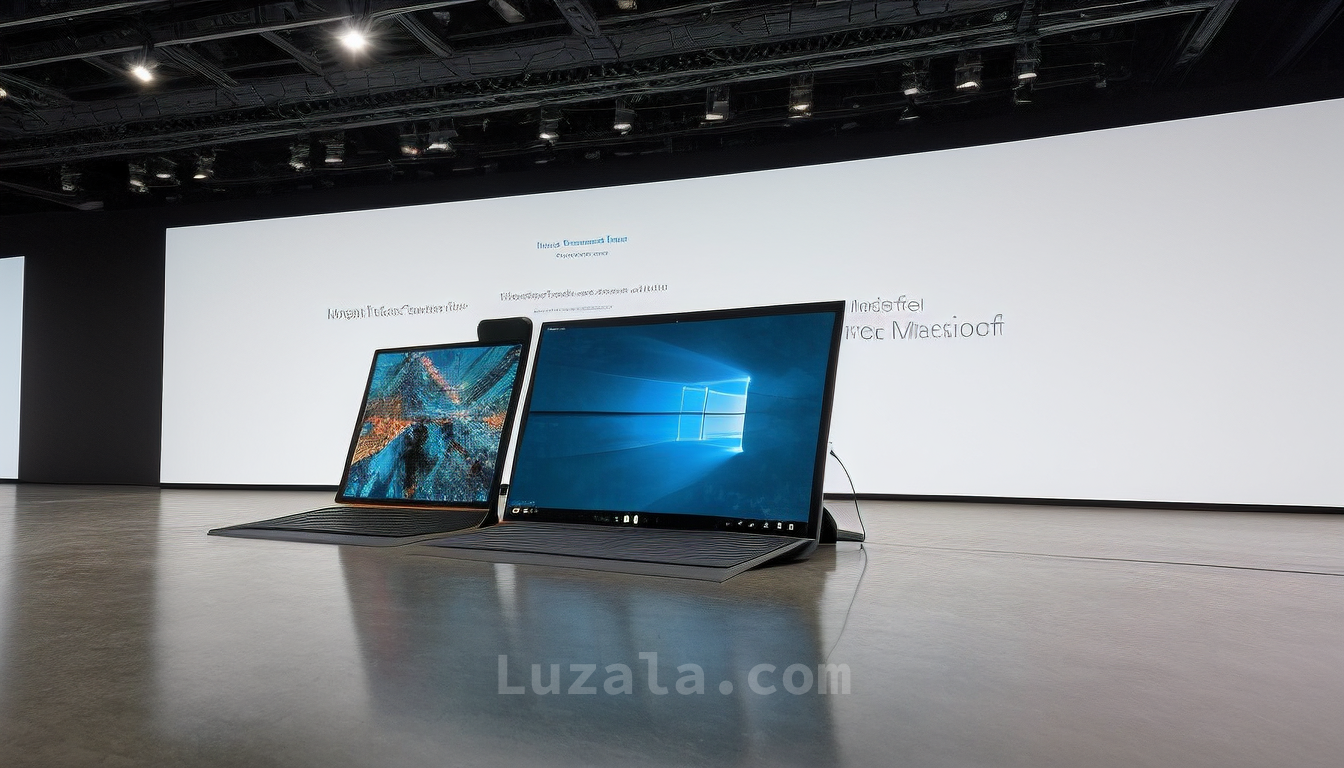
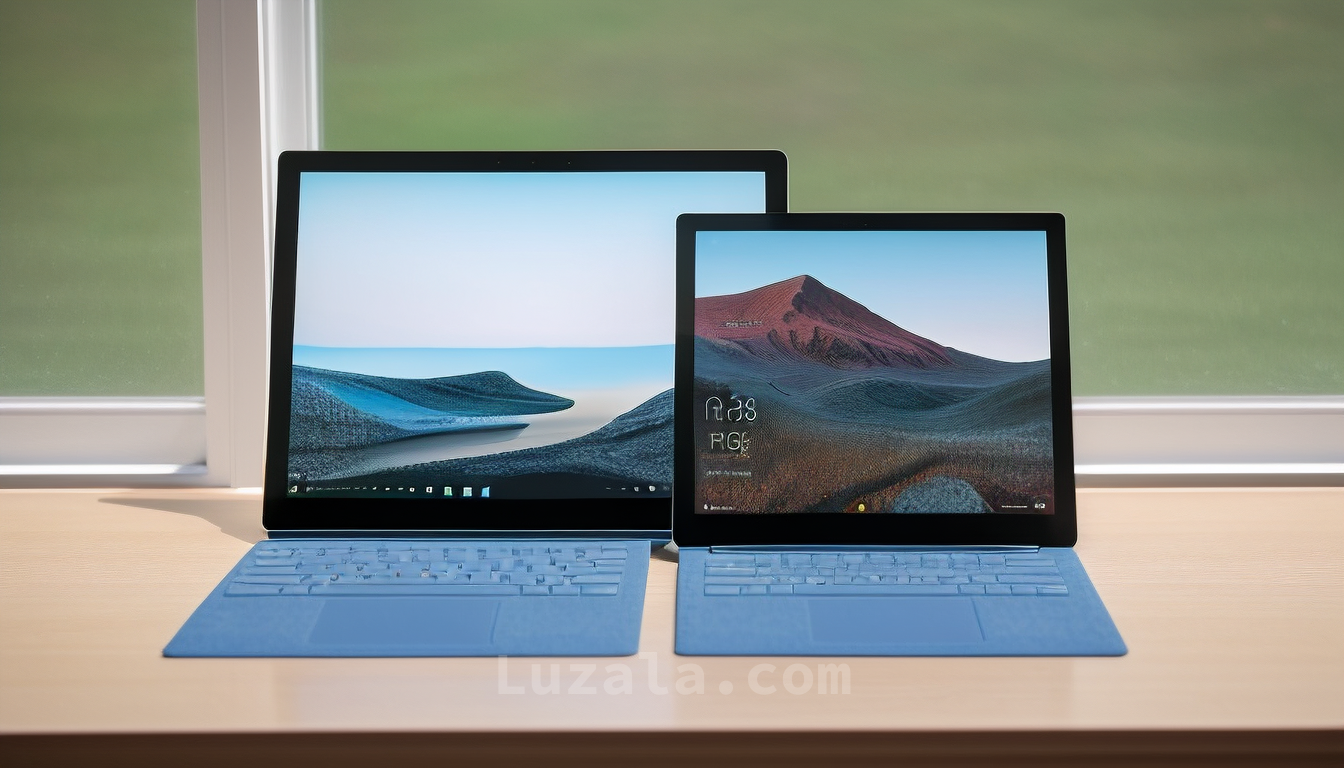

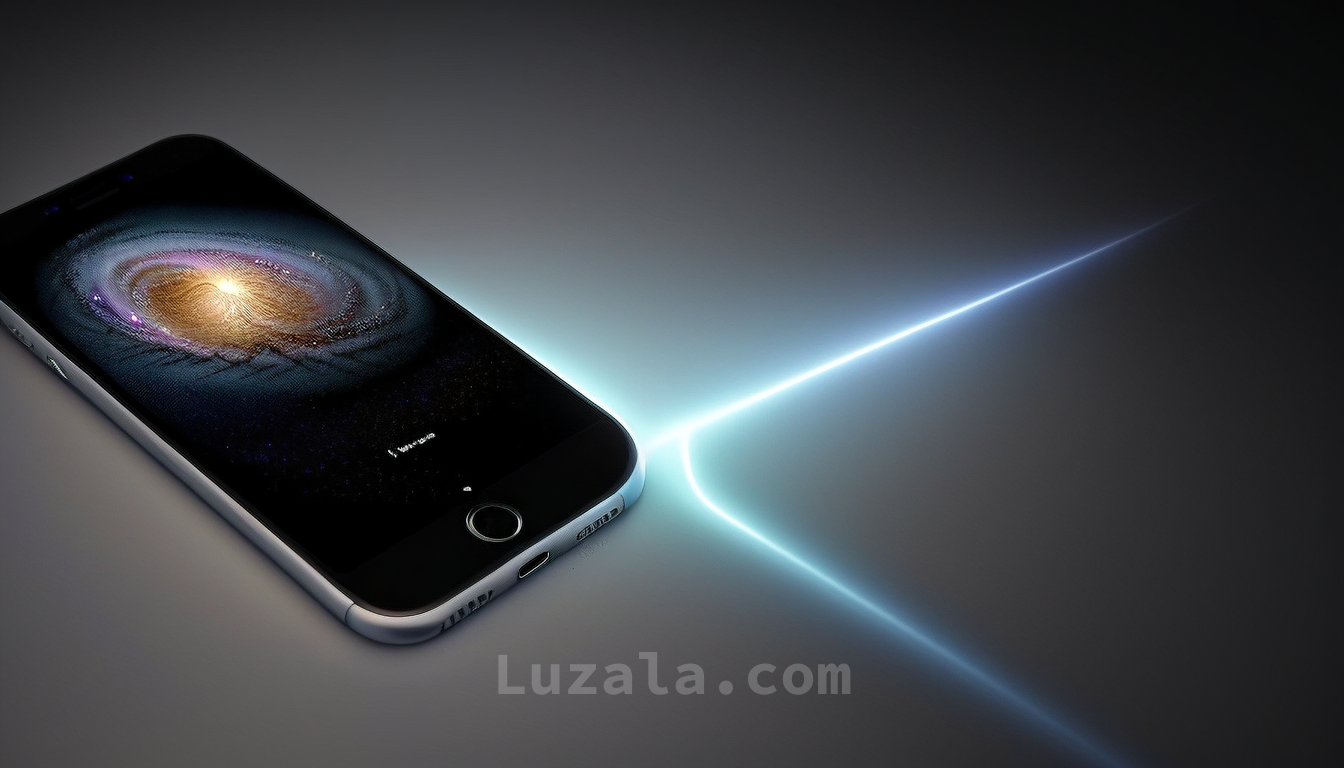
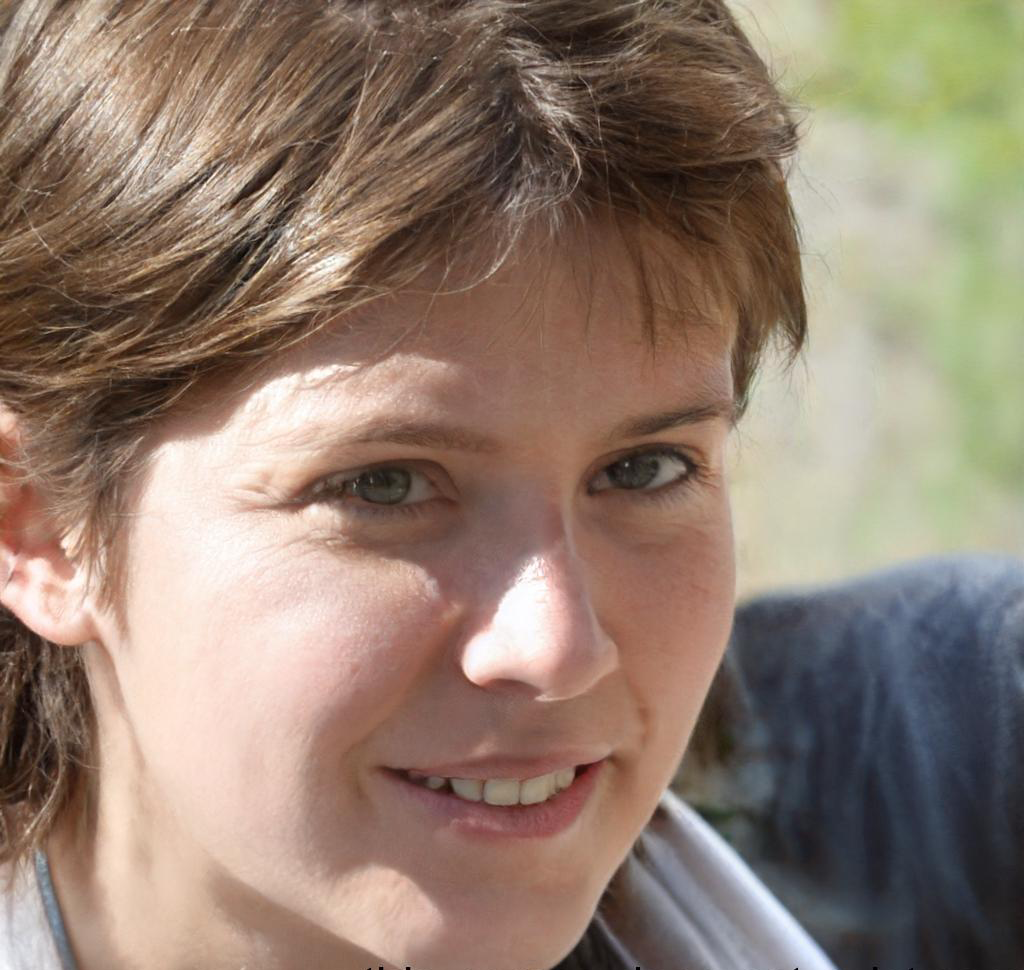
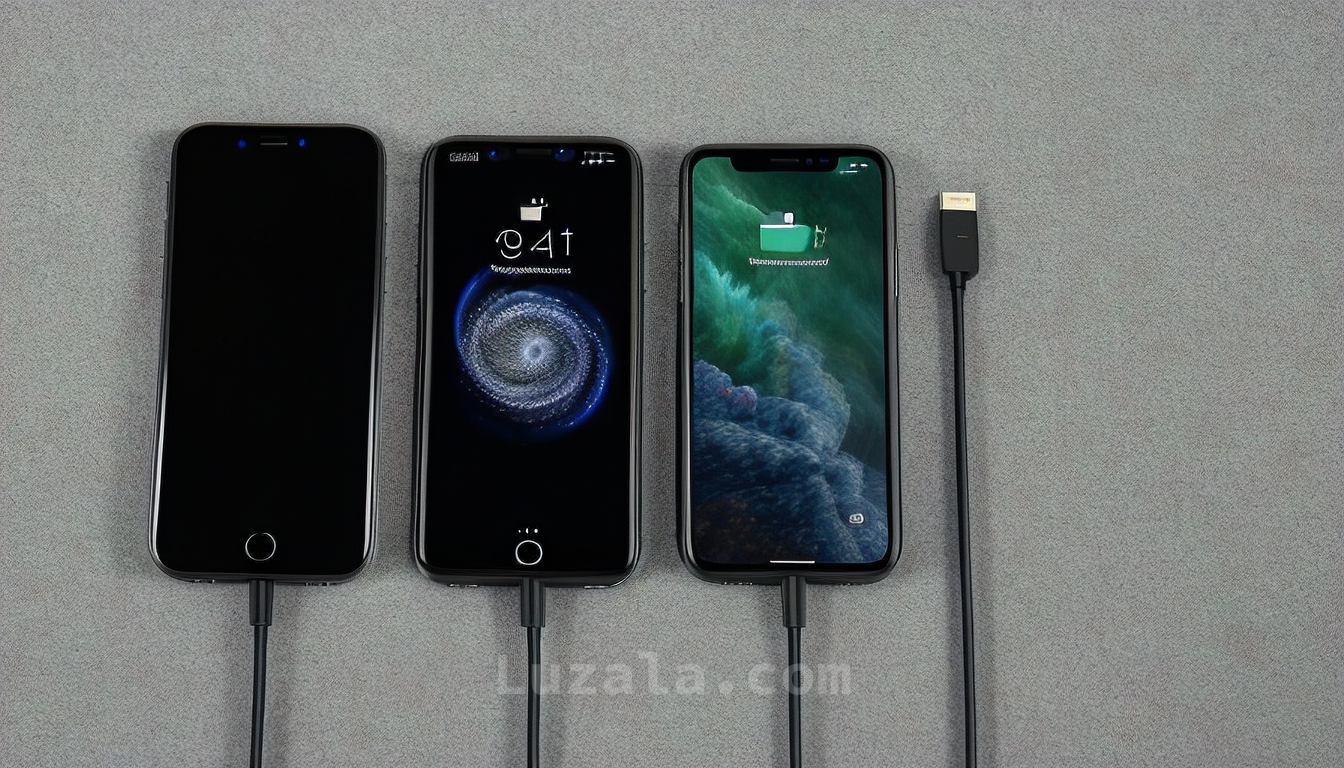
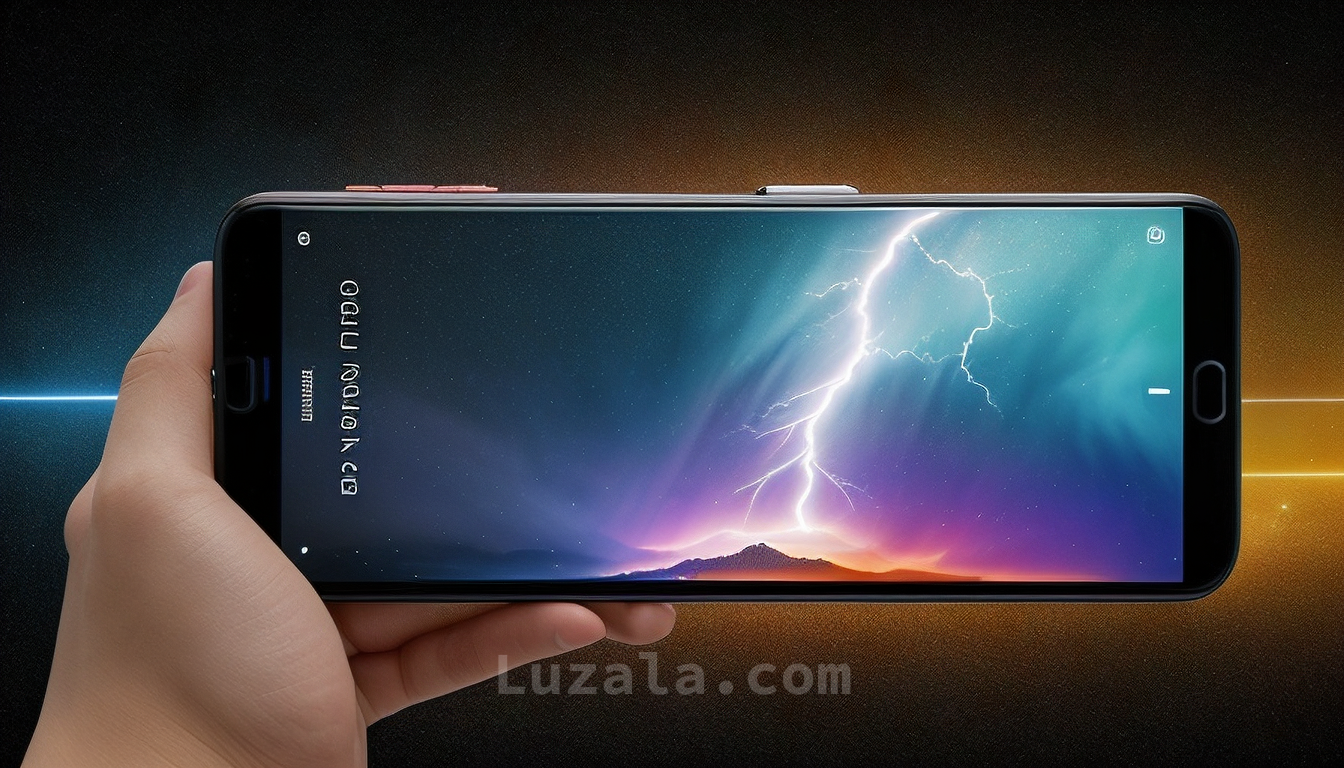





Comments